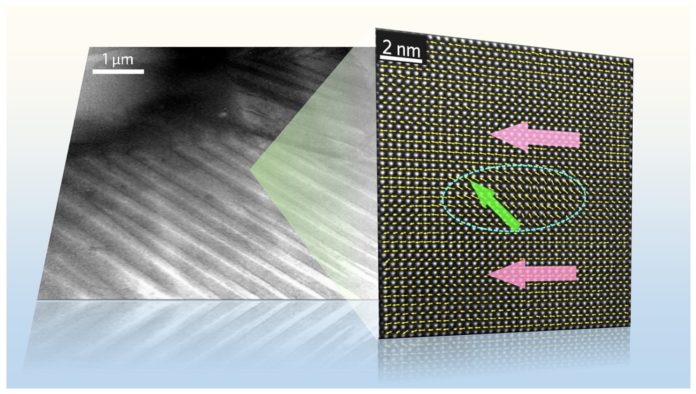Piezoelectric material has the ability to mechanically deform when an electric voltage is applied or to generate an electric charge when a mechanical force is applied. One best example of it is newly developed material with twice the piezoresponse of any existing commercial ferroelectric ceramics.
Developed by an international team of researchers from Penn State, China, and Australia, the material involves little measures of a painstakingly chose uncommon earth material, samarium, to an elite piezoelectric artistic called lead magnesium niobate-lead titanate (PMN-PT) drastically expands its piezo execution, the analysts report in Nature Materials this week. This materials-by-outline methodology will be helpful in planning materials for different applications also, the group accepts.
The team’s co-corresponding author, Long-Qing Chen said, “This is not the typical way to develop new materials. The majority of existing useful materials are discovered by trial-and-error experiments. But here we designed and synthesized a new piezoelectric ceramic guided by theory and simulations.”
Scientists primarily analyzed the effect of including different synthetic dopants the nearby structure of a current ferroelectric earthenware. They were then ready to lessen the pool of viable dopants by contrasting the deliberate dielectric misfortunes and the marks got from stage field reenactments. After the screening of dopants, they at that point concentrated on streamlining the procedure and synthesis to accomplish the ultrahigh piezoelectricity.
Local structure heterogeneity refers to nanoscale-size structural distortions within a host material created by doping a small amount of chemical species, in this case doping samarium in PMN-PT ceramics, as a way to modify the thermodynamic energy landscape of the material, which in turn increases the dielectric properties — the ability of a material to respond to an electrostatic field — and the piezoelectric effect.
Lead author Fei Li, a research associate at Penn State said, “This material is a good choice to use in transducers, such as those used in medical ultrasound. We already have devices made from our material by a group at the University of Southern California.”
“That device, called a needle transducer, uses a submillimeter piezoelectric element of the Penn State material, fitted into a standard needle or catheter, in order to perform minimally invasive procedures, to image inside the body or to guide precision surgery inside the body. The device has better performance than existing devices with the same dimensions.”
Penn State has filed a provisional patent on the material. The Nature Materials paper is titled “Ultrahigh Piezoelectricity in Ferroelectric Ceramics by Design.”
